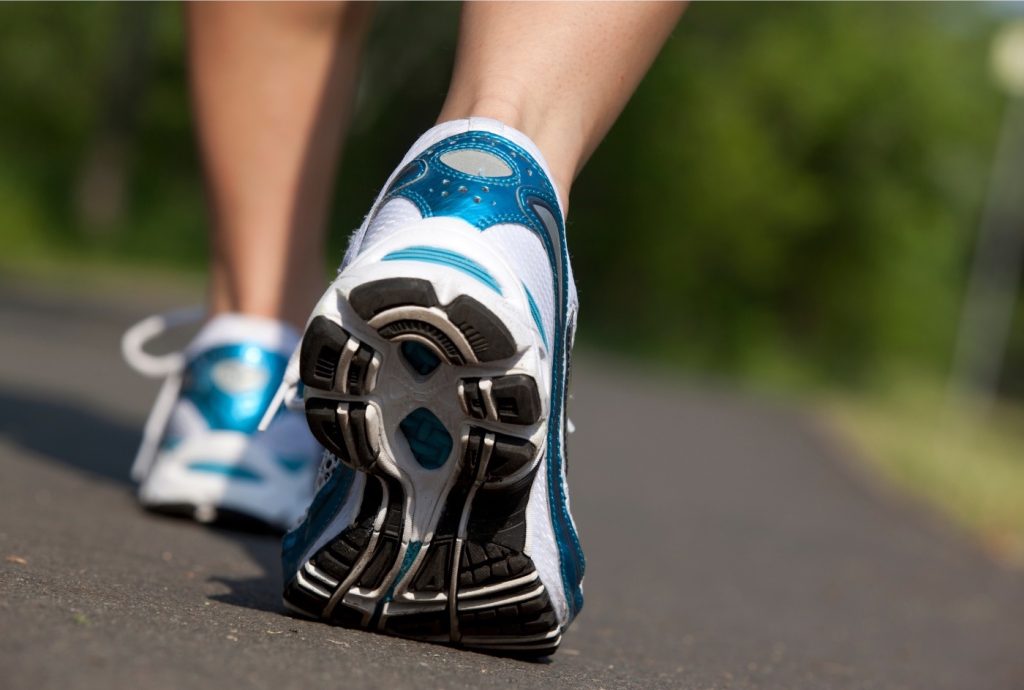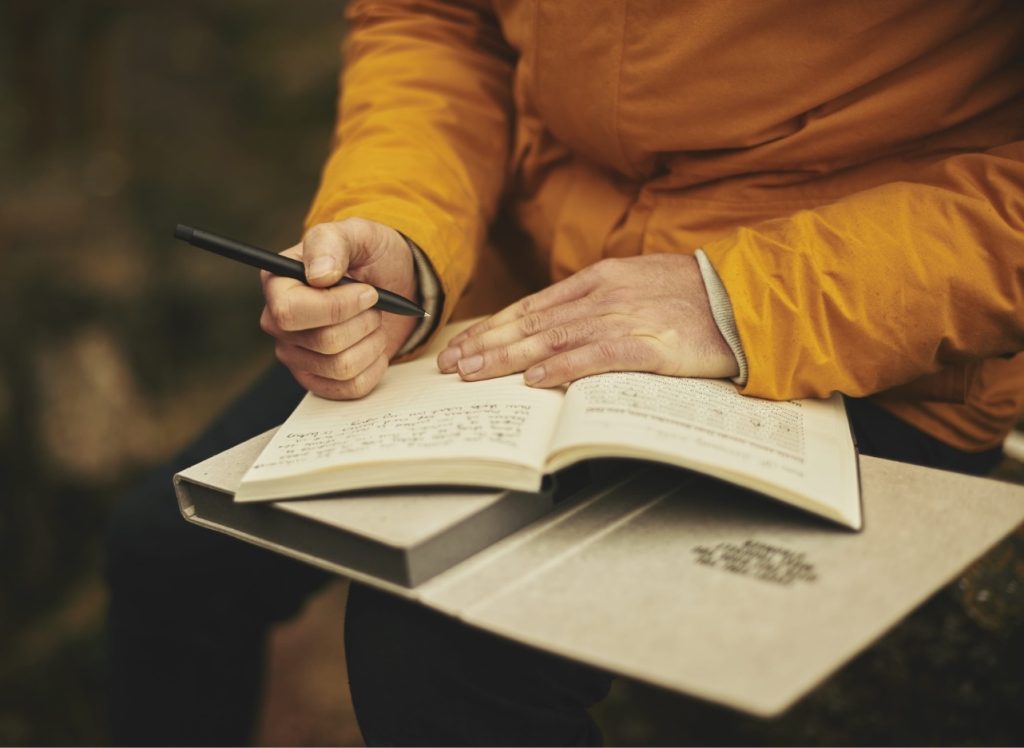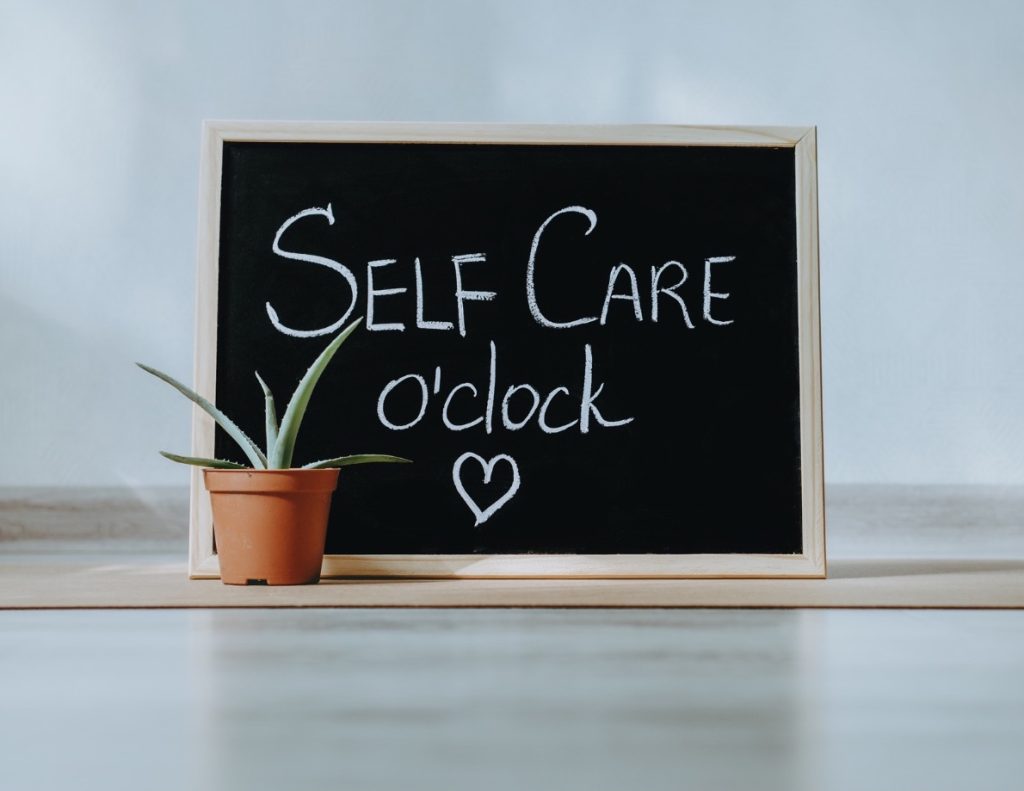Coping day-to-day
Outside of professional help and treatment, there are lots of tools and activities that may help relieve your symptoms of BDD.
We know it’s common for there to be waiting lists for NHS treatment. This period can be really challenging, when you have been diagnosed, but haven’t yet accessed the professional help you deserve. This page outlines some ideas and activities you can try to help you cope in the interim.
Meditation and Mindfulness

Meditation can be beneficial in giving a sense of calm when distressing BDD feelings arise. Research has shown that meditation benefits emotional wellbeing and overall health, and is used as a tool to cope with stress, relax and gain new perspectives. There are many different types of meditation you could try including mindful, guided breathing exercises, positive affirmations and mantras, body scans, or movement meditation as part of a yoga practice. While it isn’t easy in the beginning, with persistence, meditation can help quell your internal chatter and introduce a sense of calm and control of our thoughts. There are lots of resources and platforms to access meditations including:
- Calm
- Headspace
- Spotify
- Apple music
- Youtube
Attention Refocusing
BDD thoughts are usually very consuming and intrusive. They can often steal away our attention and distract from paying attention to daily tasks or experiencing the world around us. In addition, BDD can make us very self- focused. Being self-focused means being on the outside, looking in at yourself, with an observer’s perspective and being very aware of your thoughts and feelings. This makes you more likely to assume that your view of the way you look and the picture in your mind are reality. Self-focused attention can make you feel more self-conscious, which in turn makes you more likely to think that other people are judging you negatively.
Being externally focussed means being on the inside, looking out at the world around you and at what you see, hear, feel, taste or smell. Re-focusing your attention onto the outside world gives your brain a rest, allows you to take in the world around you, and reduces uncomfortable feelings of self-consciousness. It will also help you to reduce your preoccupation with your appearance because you will inevitably spend less time thinking about your appearance if you aren’t focused upon it.
Exercises to try:
- Mindful Walking:

Walk slowly and carefully feeling your feet connect at each point on the floor. Without controlling breath too much, you can try pairing walking and breathing so that 1 foot touches the ground at each in and out breath. See how many steps seem natural to take during each inhalation and exhalation. Direct all attention towards the sensations of walking: your feet and lower legs. Which part touches the ground first? Pay attention to how your weight shifts from one foot to the other. What are the feelings in your knees as they bend? What is the texture of the ground (hard, soft, cracks, stones)? What are the notable differences in walking on different surfaces?
- 5,4,3,2,1:
5: Notice FIVE things you see around you. It could be a book, a spot on the ceiling, a chair, anything in your surroundings.
4: Acknowledge FOUR things you can touch around you. It could be interesting textures, your clothes, a pillow, or the ground under your feet.
3: Acknowledge THREE things you hear. This could be any external sound. Birds tweeting, traffic flowing, people chatting. Focus on things you can hear outside of your body.
2: Acknowledge TWO things you can smell. Maybe you are in your office and smell pencil, or maybe you are in your kitchen you can smell food cooking. If you need to take a brief walk to find a scent you could smell soap in your bathroom, or nature outside.
1: Acknowledge ONE thing you can taste. What does the inside of your mouth taste like—gum, coffee, or the sandwich from lunch?
- Box Breathing:
Box breathing is a breathing exercise which helps to calm your nervous system and distract from any difficult thoughts. It is a simple but effective technique that can help you return your breathing pattern to a calmer rhythm and reduce stress. It’s quick to learn, and can be implemented any time you need. Here’s how to do it:
Step 1: Breathe in whilst slowly counting to four. Feel the air enter and fill your lungs.
Step 2: Hold your breath for 4 seconds. Try to avoid inhaling or exhaling for 4 seconds. Just hold and maintain stillness.
Step 3: Slowly exhale through your mouth for 4 seconds. Notice the feeling of release as your shoulders relax down.
Step 4: Repeat steps 1 to 3 for 4 rounds or until you feel calmer.
Journaling

Journaling involves keeping a record of your personal thoughts, feelings, and insights. BDD can bring up a lot of distressing emotions and feelings, which without effective treatment can be difficult to understand and process. Journaling is a great tool to help untangle your thoughts and get them down on paper. If you are brooding or ruminating, journaling can help to break repetitive or intrusive thought cycles. It can also help you understand your feelings better. Putting them down into words can sometimes bring new perspectives or realisations. Sometimes we might have thoughts and feelings we don’t feel comfortable sharing with others just yet. Journaling allows you to get the feelings heard on paper without having to vocalise them.
Create a self-care box
Putting together a self-care box can be useful to turn to when things feel really tough and overwhelming, as an alternative to engaging in negative coping mechanisms. This would of course be personal to you, but some of the things you could consider putting in your box are:

- Candles
- A note from your kinder self
- Favourite foods
- A journal
- Herbal tea
- Calming scents
- Favourite book
- Cosy socks
Putting the box together is an act of self-compassion and a good way to show yourself kindness during a difficult time.
Come off social media or limit screen time
If you notice that social media is making your symptoms of BDD worse, consider taking a break. If you want to continue using social media, here are some good tips to follow:

- Set limits for how many times a day and how long you will access an app or website
- Set small targets that gradually limit your time using apps/websites and then go longer between checks and reward yourself when successful (it’s really important to acknowledge your hard work with rewards!)
- Choose another fun or distracting app during the time you would normally check your unhelpful apps
- Avoid or delete unhelpful apps/websites i.e. those that make you distressed and anxious
- Unfollow accounts that cause you to compare your physical appearance
- Find positive, funny or inspirational people to follow instead
- Always be cautious about uploading any pictures of yourself and never send nude pictures to others
Spend time in nature

Spending time outside and in nature can help you to come away from mirrors or any checking behaviours you might be carrying out. If you can get outside in the day time, it’s helpful to spend time in natural light and take in the visual surroundings. Watching animals, listening to the wind, or noticing a stream trickling can help you refocus your attention and provide a sense of calm. If you are able to, you might want to combine being outside in nature with physical activity such as a walk, or a social activity to connect with others. Physical activity and social contact are also beneficial for your wellbeing, if you feel able to engage in these. Here are some ideas for spending time in nature:
- Go on a country walk
- Visit a local reservoir or lake
- Check out your nearby National Trust sites
- Offer to walk a friends dog
- Follow a woodland trail
- Plan a camping trip
- Visit a wildlife centre
- Try a new outdoor activity or hobby
- Eat lunch in the garden
Spend time with people who make you feel safe and supported

Spending time with people who love you unconditionally and are there to support you throughout every step your recovery is really important. Try and identify who those people might be and prioritise spending time with them. If it feels too difficult to see people face-to-face right now, a phone call with someone who loves and supports you can boost your morale and motivation to recover. Knowing others care about you can also help boost your self-worth and remind you that you’re not going through this alone. If you don’t feel you have anyone to support you at the moment, or anyone who truly understands, we encourage you to join our supportive community via our support groups. We are here for you.
Connect with others who have BDD

BDD is a condition that makes people feel very lonely and isolated. Speaking to other people with BDD can help you feel less alone. There is comfort in shared experience and speaking to others who truly understand the challenges you are facing. Depending on your age, you could consider joining the following support groups:
Do I have BDD? Take the test
Our test, developed by specialists and healthcare professionals, can help you understand whether someone might have Body Dysmorphic Disorder.
Take the test